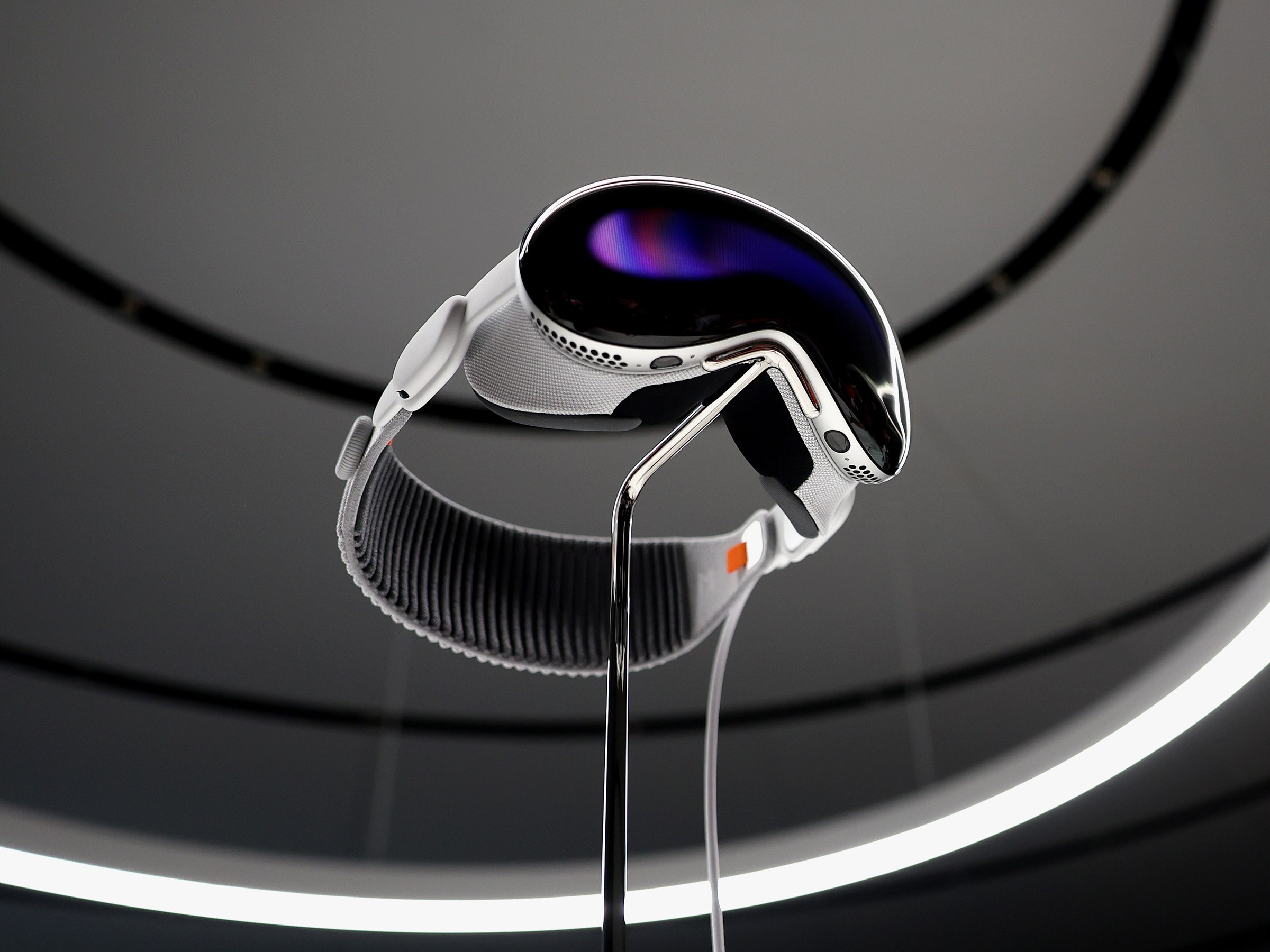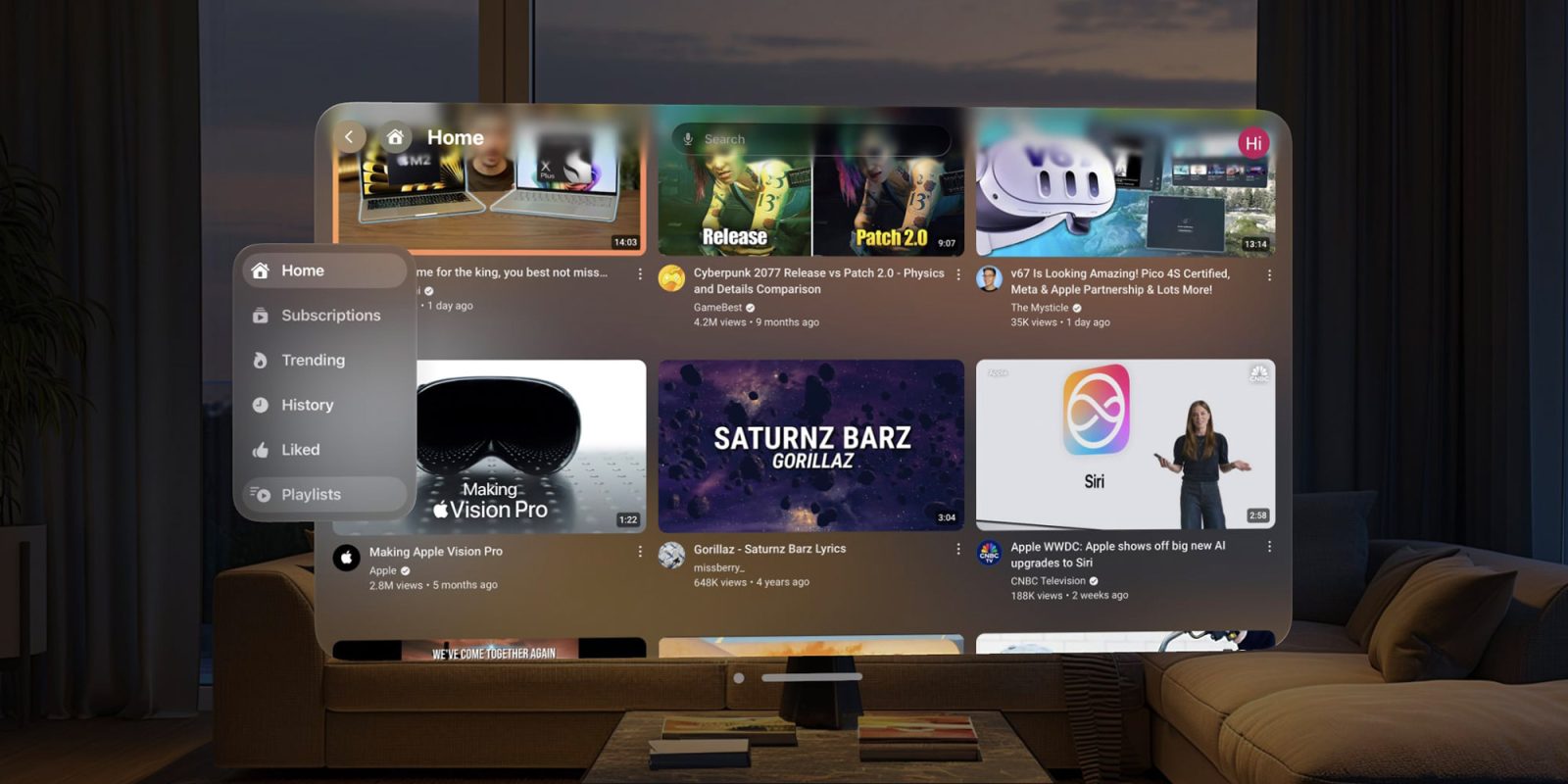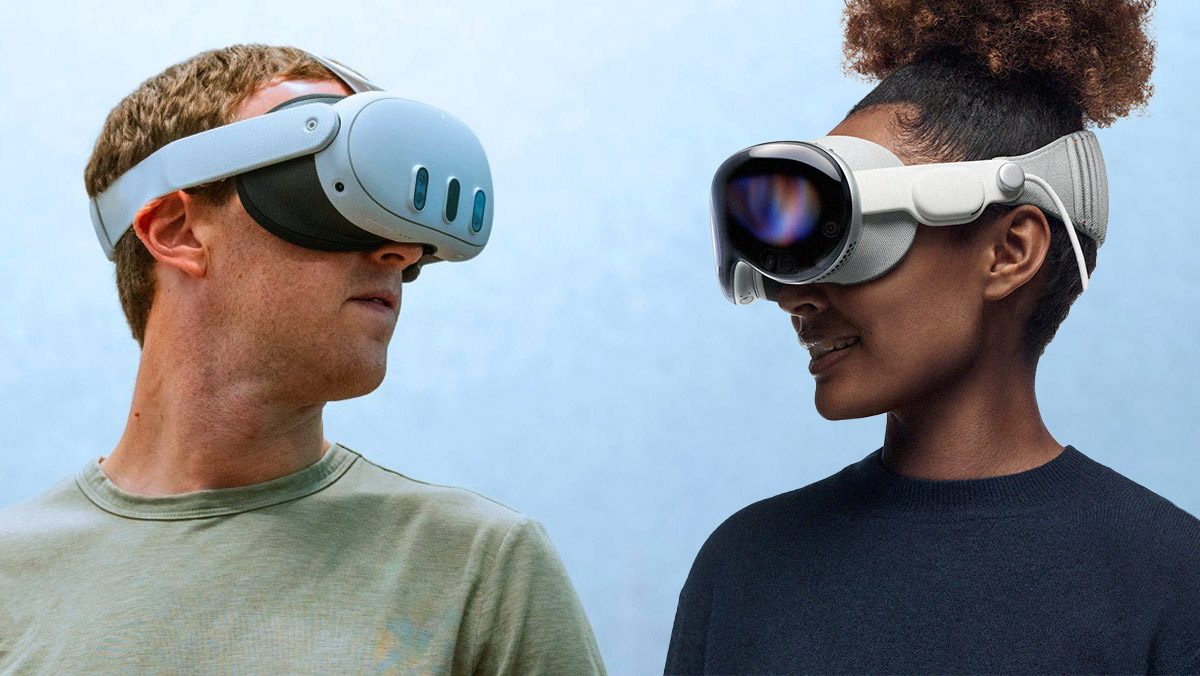In a significant move toward advancing augmented and virtual reality (AR and VR) technology, Google has announced the launch of its new Android-based XR platform, dubbed Android XR. Set to launch on December 12, 2024, the platform promises to integrate cutting-edge AI features and support app development across a wide range of devices, including headsets, glasses, and other wearable tech. With its introduction, Google is looking to carve out a substantial presence in the rapidly growing XR (extended reality) market, competing head-to-head with industry giants like Apple and Meta.
Here's ads banner inside a post

Android XR: A Platform Built for the Future
Android XR is designed to be a versatile platform that supports immersive and augmented experiences on a variety of devices. Unlike the previous AR and VR initiatives from Google, such as Project Tango, Daydream, and Cardboard VR, Android XR is aiming for a broader and more integrated approach. Google’s vision is clear: they want to create a seamless experience where users can easily switch between immersive environments and augmented overlays in the real world.

Here's ads banner inside a post
The Android XR platform will initially be released in its first developer preview on Thursday, offering a suite of tools for developers to build applications for these new kinds of devices. Key developer tools already supported include ARCore, Android Studio, Jetpack Compose, Unity, and OpenXR. This broad toolset ensures that developers can continue to leverage existing resources while taking advantage of the new features Android XR offers.

Importantly, Google is also introducing a specialized Android XR Emulator within Android Studio. This tool will allow developers to visualize and test their apps in virtual environments before they are deployed. The emulator includes XR-specific controls for interacting with spatial environments using a keyboard and mouse, offering a preview of the unique user experience that Android XR-powered devices can provide.
Here's ads banner inside a post
Samsung’s Project Moohan Headset: The First Device to Run Android XR
Android XR will debut on Samsung’s upcoming Project Moohan headset, which is expected to be available for purchase next year. The collaboration between Google, Samsung, and Qualcomm was first announced early in 2023 and marks a significant step in the XR space. The headset, which is currently in development, will leverage Qualcomm’s XR solutions and is expected to offer an innovative experience for users, combining VR and AR seamlessly.

Despite some reports of tension between Samsung and Google over control of the project, it seems that both companies are now aligned on the goal of creating a consumer-friendly and highly functional XR device. There were initial delays, with the headset originally planned for release earlier in 2024, but now, as the official announcement nears, it appears that Project Moohan is finally close to becoming a reality.
One of the standout features of the headset will be its ability to seamlessly transition between a fully immersive VR experience and a more casual augmented reality mode, where digital content is overlaid onto the real-world environment. The device will also feature AI-powered controls through Google’s Gemini, allowing users to interact with apps and content via voice commands. For example, users can ask Gemini questions about the content they are viewing, whether it’s asking for more information on a virtual object or getting help with tasks within an app.

Android XR’s Expansive App Ecosystem
One of the key advantages of Android XR is its compatibility with the vast Android app ecosystem. Since Android XR is based on the Android operating system, most mobile and tablet apps available on the Google Play Store will automatically be compatible with Android XR-powered devices. This gives Android XR an edge over competing XR platforms by offering immediate access to a wide range of apps, from productivity tools to entertainment and gaming.
This approach could also serve as a strategic counterpoint to Apple’s Vision Pro, which has faced challenges since its launch due to its high price tag and limited app selection. While the Vision Pro costs a staggering $3,600, the Android XR ecosystem is expected to offer a much more affordable entry point. The Play Store’s wealth of existing applications, including those already optimized for AR and VR, will provide users with a solid foundation of content on day one.

Though exact pricing details for Project Moohan and other Android XR devices have not been confirmed, Google’s push for a more affordable and accessible XR ecosystem is clear. By providing easy access to a diverse range of apps and an open platform for developers, Google is positioning itself as a strong competitor in the XR space.
Enhancing the Google Experience with Immersive Tech
In addition to launching the new Android XR platform, Google is taking steps to integrate its core services and products into this new immersive environment. The company is redesigning popular services like YouTube, Google TV, Chrome, Maps, and Google Photos to provide an immersive screen experience. This means users will be able to access and interact with these apps in entirely new ways, whether that’s browsing YouTube in a virtual environment or exploring Google Maps through a spatial interface.
/cdn.vox-cdn.com/uploads/chorus_asset/file/13066937/googleredesign_lead.1419979214.jpg)
One notable omission, however, is that Google did not release a dedicated YouTube app for the Vision Pro. In fact, Google made headlines when it reportedly asked developer Christian Selig to remove his app, Juno, which allowed YouTube viewing on the Vision Pro, from the App Store. With Android XR, it seems that Google is determined to build a more integrated and user-friendly experience across its own ecosystem, avoiding fragmentation and providing a more cohesive offering.

Furthermore, Android XR will leverage the capabilities of Google’s Gemini AI assistant, offering new possibilities for voice-driven interactions. In addition to providing screen control and contextual information, Gemini will support Circle, a new feature for quick searches and accessing relevant content based on the user’s real-time environment. This AI integration is one of the key differentiators for Android XR, enabling users to interact with their devices in a more natural and intuitive way.
Looking Ahead: The Future of Android XR and the Role of Glasses
While the initial launch of Android XR will focus on headsets, Google has expressed ambitions for the platform to eventually support “all-day help” through smart glasses. These glasses would offer a more lightweight and portable solution for users who want constant access to immersive AR features throughout their day. Although Google has not revealed specific release dates for these glasses, the company has already begun distributing prototype units to select users for testing.
The vision for Android XR extends beyond just headsets and glasses, with Google hoping to expand its platform across a variety of XR devices. Companies like Lynx, Sony, and XReal, who already utilize Qualcomm’s XR solutions, will be able to launch devices with Android XR, further broadening the platform’s reach.

Additionally, Google continues to collaborate with Magic Leap, a key player in the AR field. However, it remains unclear whether Magic Leap will adopt Android XR for its upcoming products. What is clear, though, is that Google is committed to ensuring that Android XR becomes a central hub for developers and hardware manufacturers, fostering an open ecosystem for innovation in the XR space.
Google’s Bold Bet on Android XR
With the launch of Android XR, Google is positioning itself at the forefront of the next generation of immersive technology. By leveraging its vast app ecosystem, AI-powered tools like Gemini, and a developer-friendly platform, Google aims to make extended reality accessible to a wider audience. Whether Android XR can succeed in a market dominated by Apple and Meta remains to be seen, but with the backing of Samsung, Qualcomm, and other key partners, Google is certainly making a compelling case for its new XR initiative.

As the XR landscape continues to evolve, Google’s focus on making Android XR compatible with existing Android apps and devices sets it apart from its competitors. With Project Moohan as the first of many devices to run on this platform, it’s clear that Google has big plans for the future of extended reality. Whether that future will include smart glasses, immersive work environments, or new forms of entertainment, Android XR is a platform to watch closely as it develops.

